The History and Development of Air Conditioners
June 16, 2025
Air conditioning has transformed modern life, providing comfort in homes, offices, and vehicles. Its evolution from ancient methods to today's advanced systems is a testament to human ingenuity. This blog explores the history and development of air conditioners, highlighting key milestones and innovations.
Ancient Cooling Techniques
Long before the advent of modern air conditioners, ancient civilizations developed methods to cool indoor spaces. According to the U.S. Department of Energy, the Romans engineered early cooling systems by running aqueducts through their homes, leveraging the cooling properties of flowing water. Similarly, in ancient Egypt, people hung wet reeds in windows to cool the air through evaporation, shares the U.S. Department of Energy.
The Birth of Modern Air Conditioning
The first modern air conditioning system was invented by Willis Haviland Carrier in 1902. As detailed by the U.S. Department of Energy, Carrier designed this system to control humidity and temperature at the Sackett-Wilhelms Lithographing & Publishing Company in Brooklyn, New York, to prevent paper from wrinkling during the printing process. This innovation laid the foundation for the air conditioning industry.
Scientific Foundations and Commercialization
Carrier's work was grounded in scientific principles. EBSCO notes that he formulated the "Rational Psychrometric Formulae" in 1911, which became essential for designing air conditioners. In 1915, Carrier co-founded the Carrier Engineering Corporation, marking the beginning of commercial air conditioning solutions, states EBSCO.
Expansion into Public Spaces
In the 1920s, air conditioning technology began to spread beyond industrial applications. According to MYSA, an online newspaper, the first fully air-conditioned office building was the Milam Building in San Antonio, Texas, constructed in the late 1920s. Additionally, air-conditioned movie theaters became popular, offering a cool refuge during hot summers.
Residential Adoption
Initially, air conditioners were luxury items due to their high cost. However, as technology advanced, prices decreased, making them more accessible. History.com reports that by 1960, 12% of American households had air conditioning. This number grew significantly in the following decades, per History.com, with nearly 90% of new homes in the U.S. featuring central air conditioning by the 1990s.
Technological Advancements
The development of more efficient and environmentally friendly refrigerants has been a significant aspect of air conditioner evolution. EBSCO highlights that in the early 1930s, the introduction of Freon, a less toxic refrigerant, improved the safety and efficiency of air conditioners. Later innovations included the development of inverter technology in the 1980s, allowing for more precise temperature control and energy savings. The introduction of variable refrigerant flow (VRF) systems in the 1990s further improved energy efficiency, per EBSCO, allowing users to adjust the temperature in different zones of a building.
Environmental Considerations
While air conditioning has provided comfort, it has also raised environmental concerns. According to Fexa, a business software company, the use of refrigerants like CFCs and HCFCs has contributed to ozone depletion. In response, there has been a push towards developing refrigerants with lower global warming potential and increasing energy efficiency in air conditioners. Innovations such as hydrofluoroolefins (HFOs) are now being considered as more sustainable alternatives, offering reduced environmental impact compared to their predecessors.
The Future of Air Conditioning
The future of air conditioning lies in sustainable and energy-efficient technologies. Britannica notes that innovations such as solar-powered air conditioning systems are being explored to reduce reliance on electricity and minimize environmental impact. Additionally, passive cooling techniques, like architectural designs that enhance natural ventilation, are being integrated into building designs to complement mechanical cooling systems. Innovations in smart home integration and AI-based climate control are further pushing the boundaries of efficiency and convenience in air conditioning. Researchers are also exploring the potential of geothermal cooling, which utilizes the stable temperatures of the earth to regulate indoor climate more sustainably.
The history of air conditioning reflects a journey of innovation driven by the need for comfort and efficiency. From ancient cooling methods to modern, environmentally conscious systems, air conditioning continues to evolve. Understanding its history not only highlights human ingenuity but also underscores the importance of developing sustainable technologies for the future. As the demand for energy-efficient solutions grows, technology for air conditioners
will continue to play a pivotal role in shaping a sustainable and comfortable environment for future generations. With ongoing advancements, we are likely to see even more innovative cooling solutions that balance environmental concerns with the comfort and convenience that modern society demands. To get started with quality air conditioner services, get in touch with our team at Comfort Zone Air Conditioning & Heating LLC today.



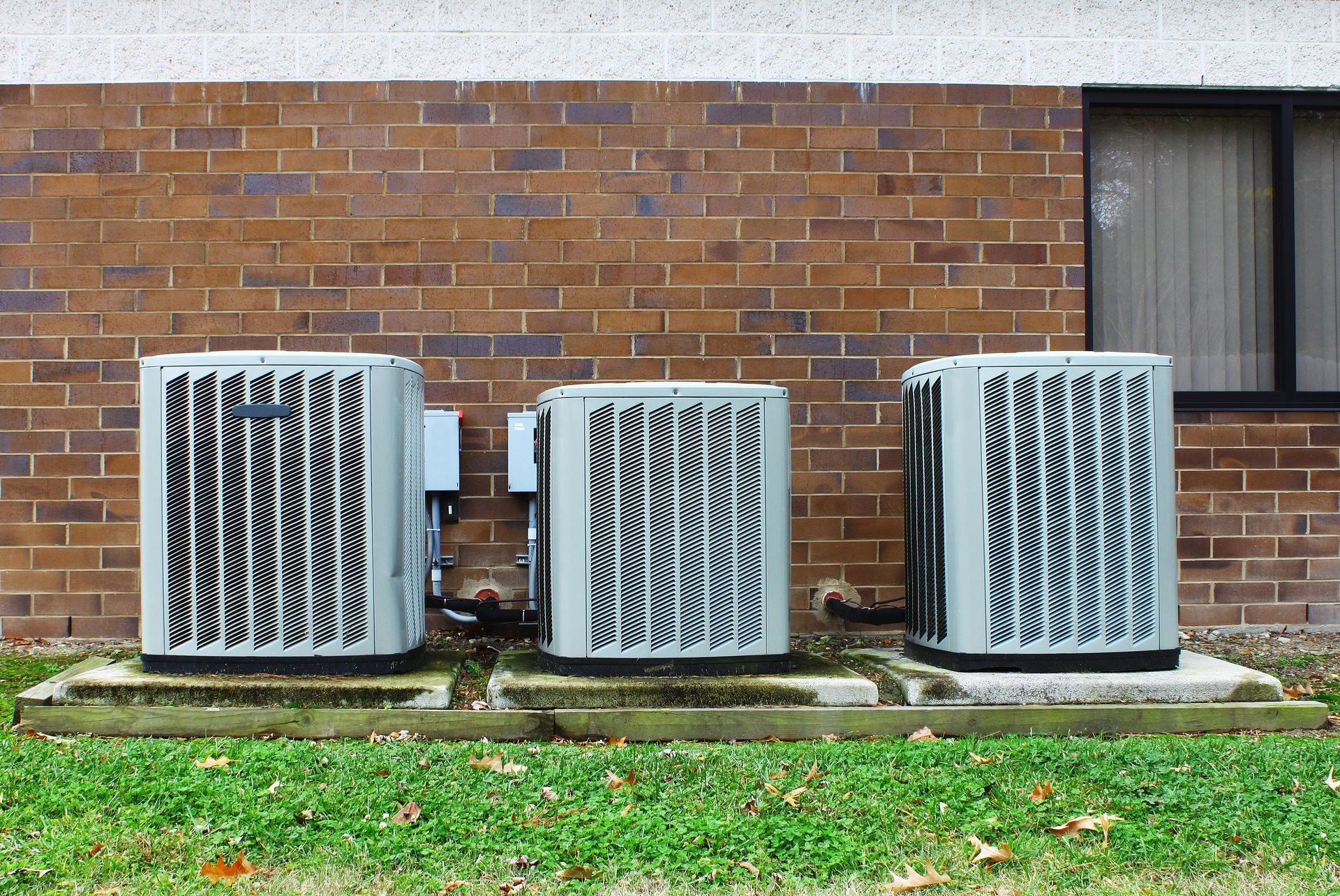

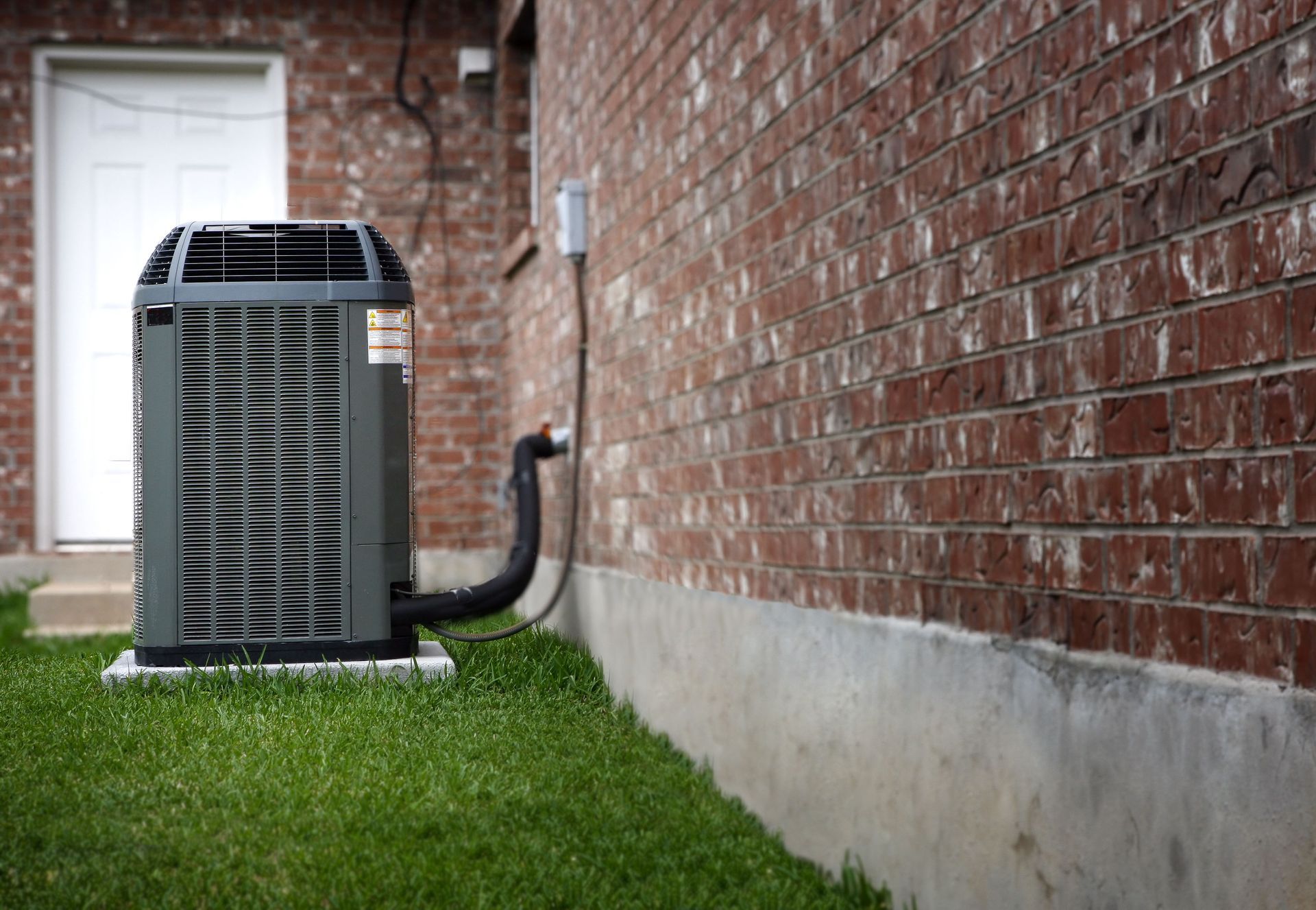
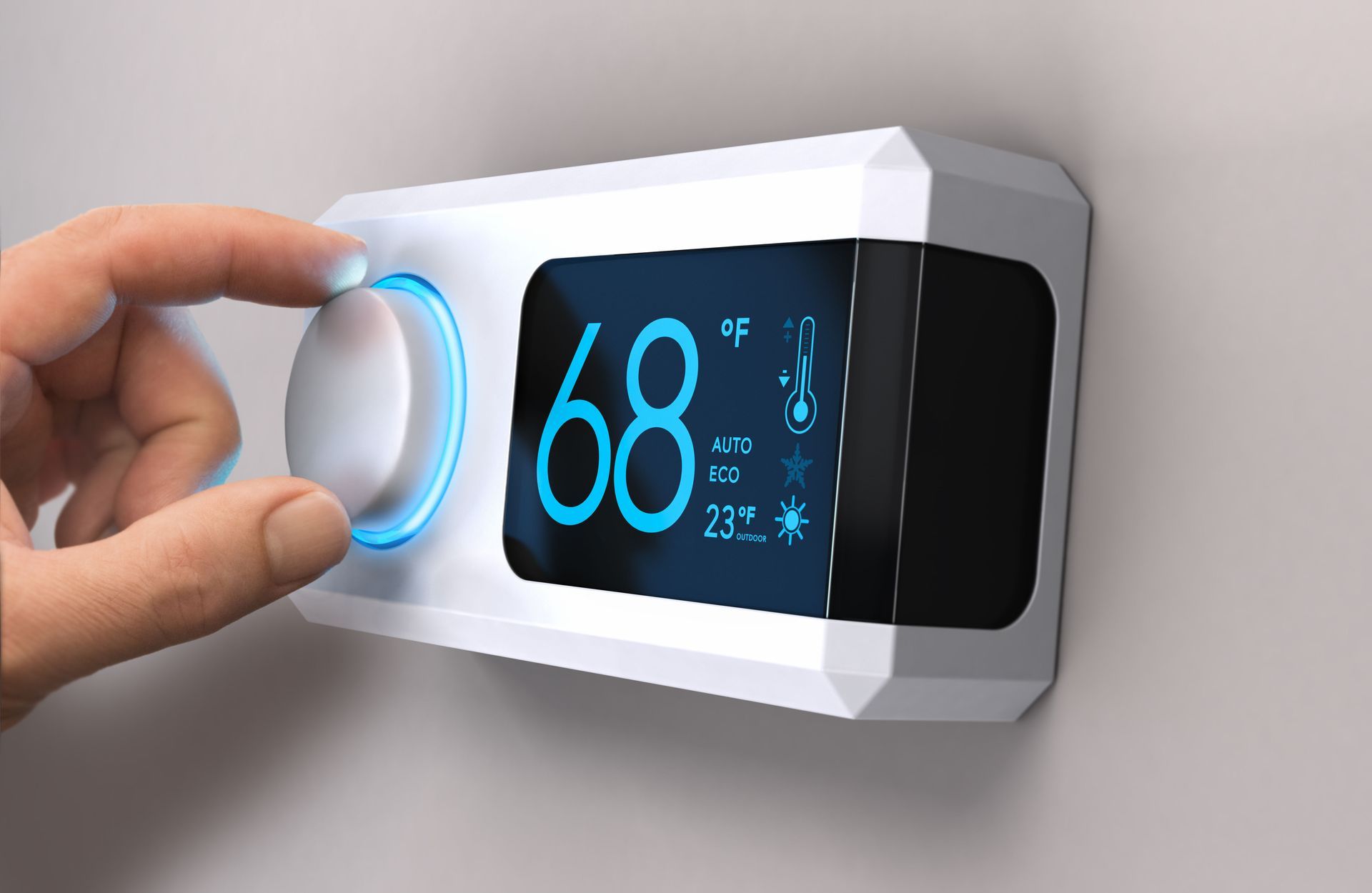
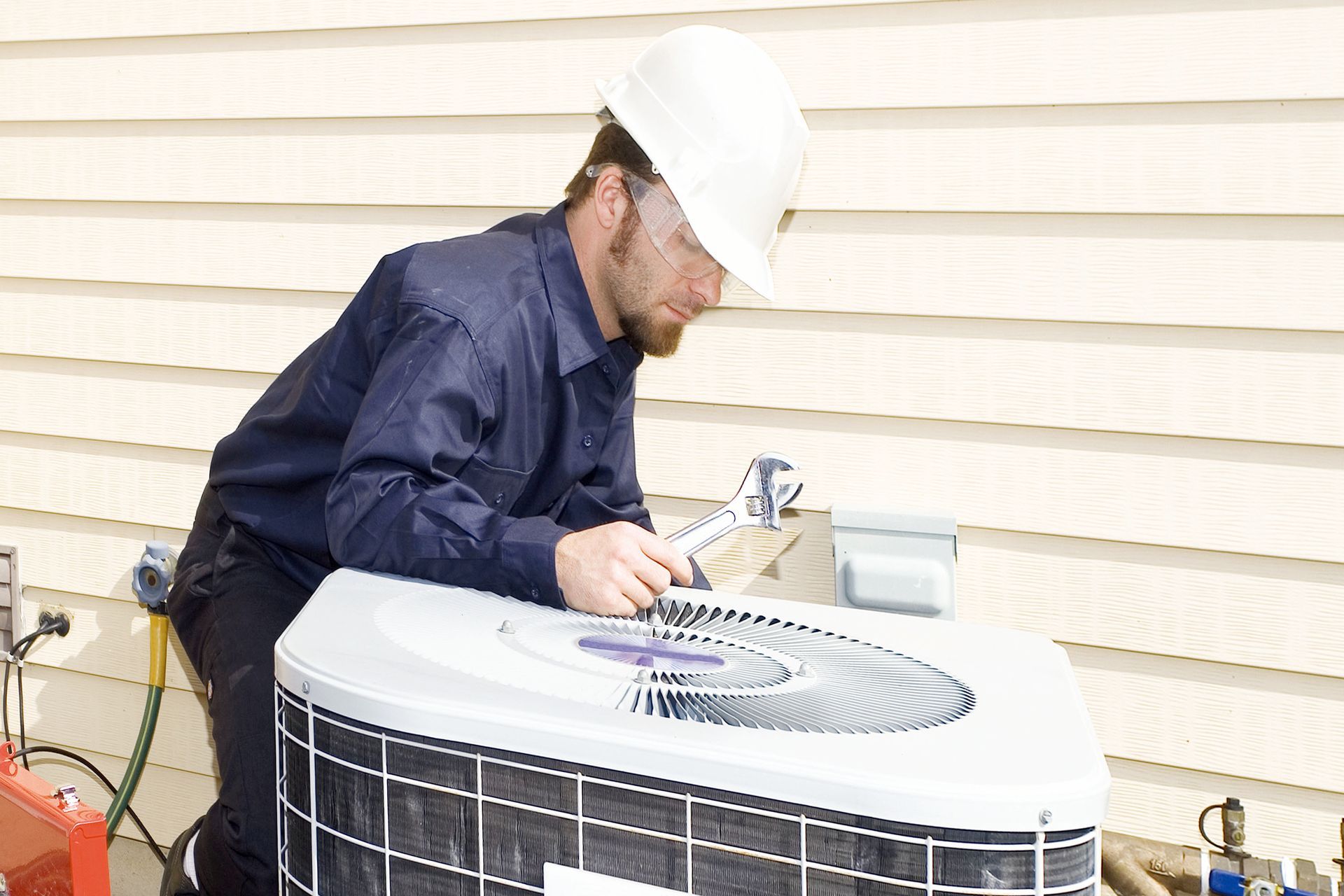

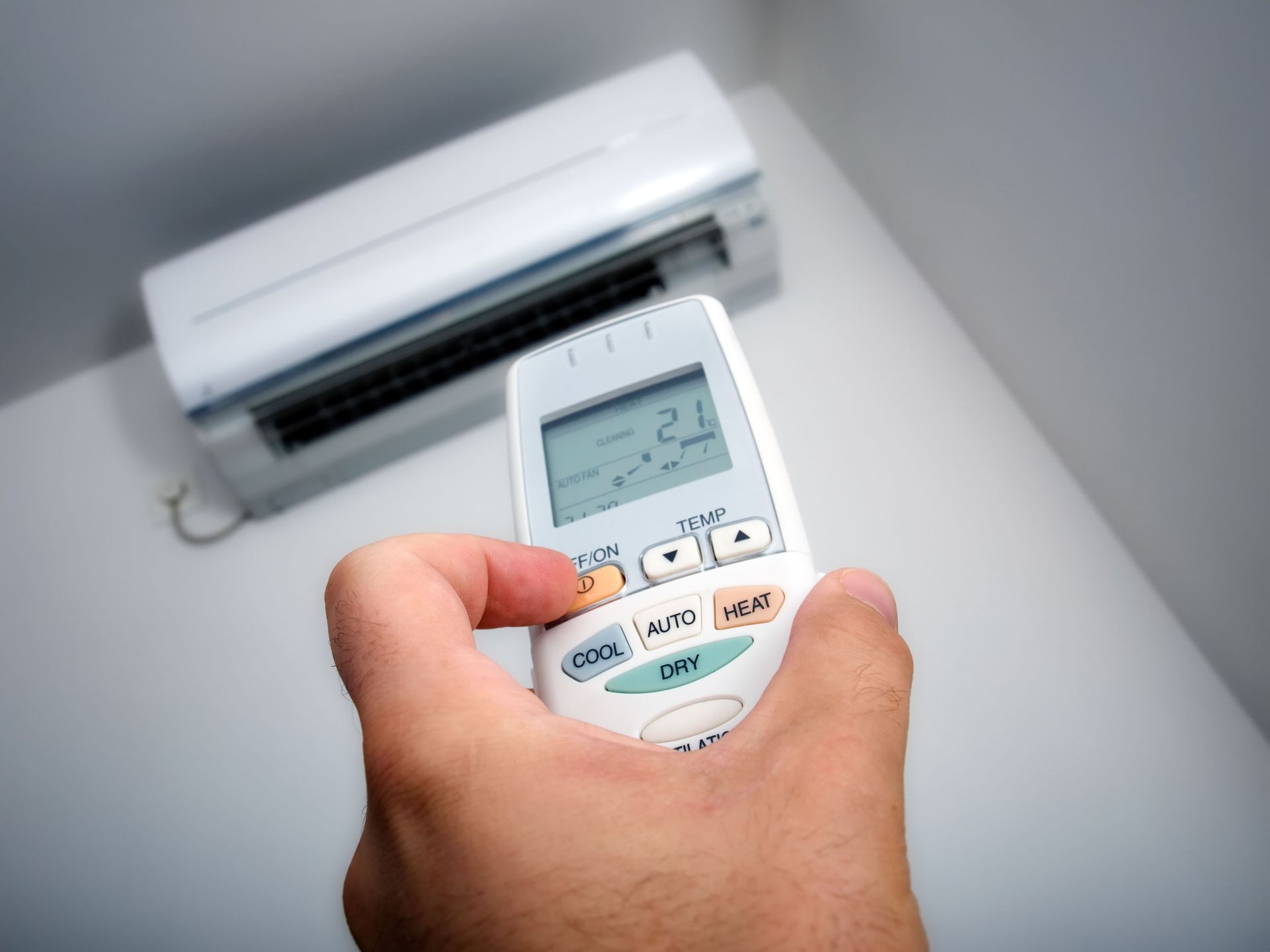
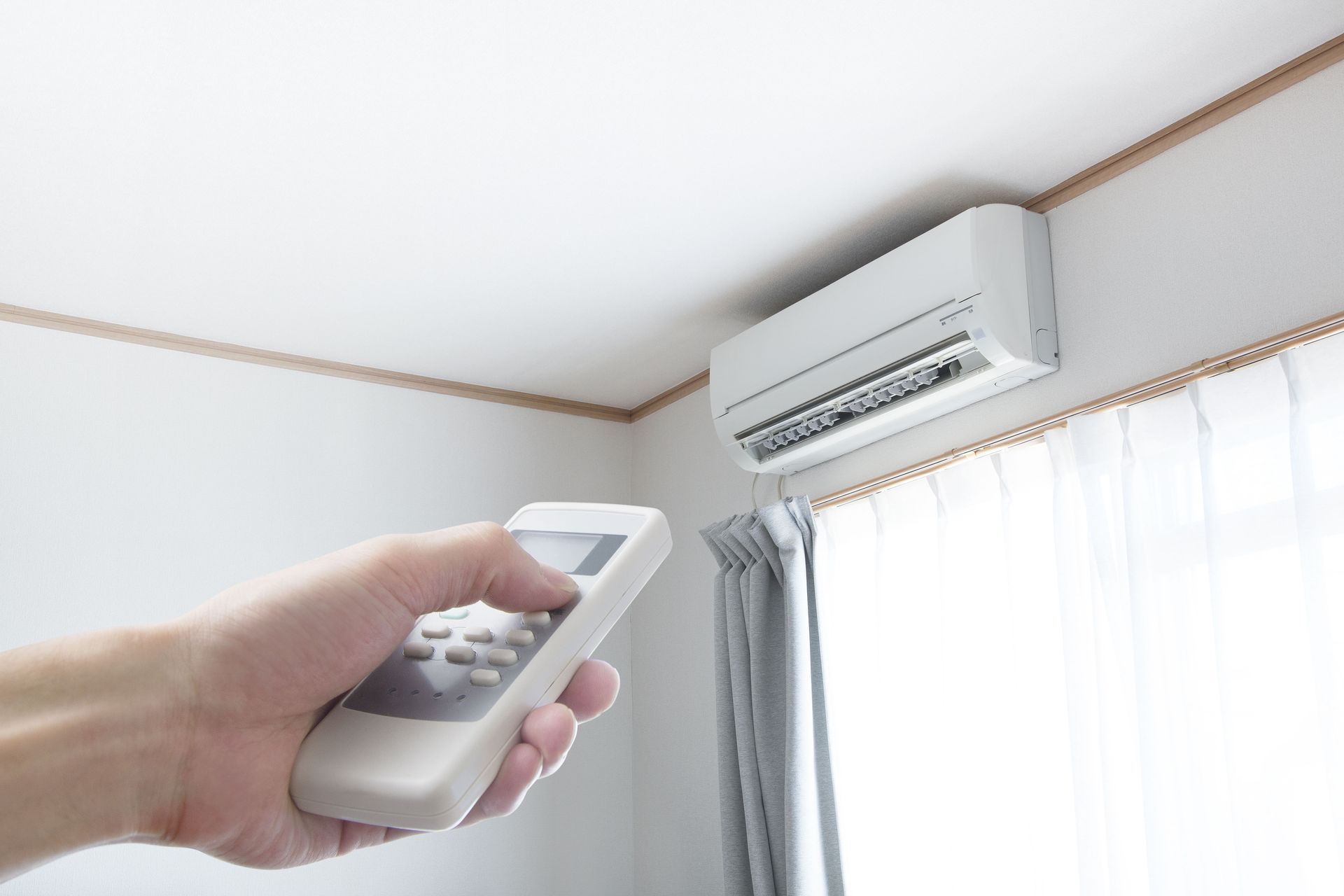

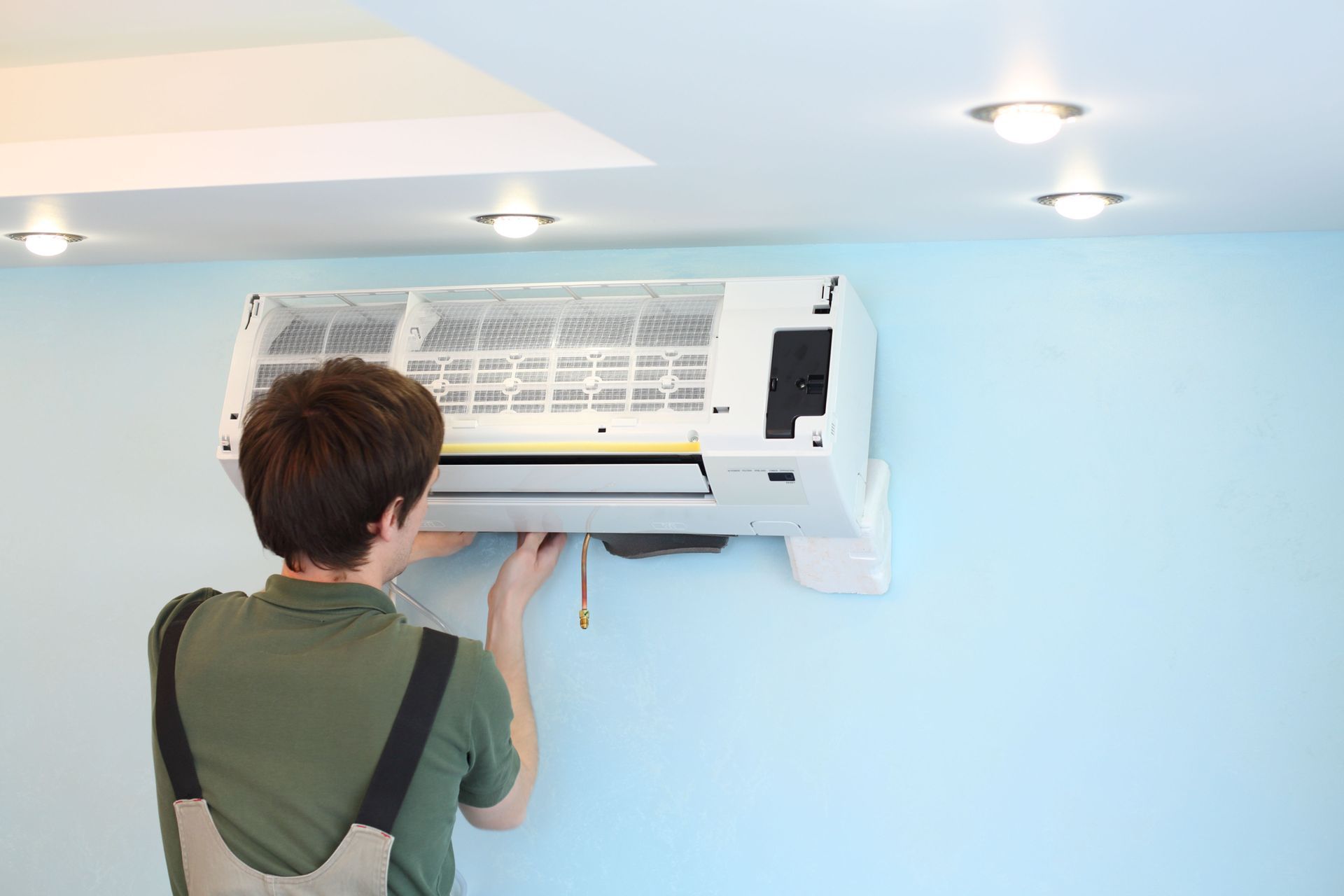
Share On: